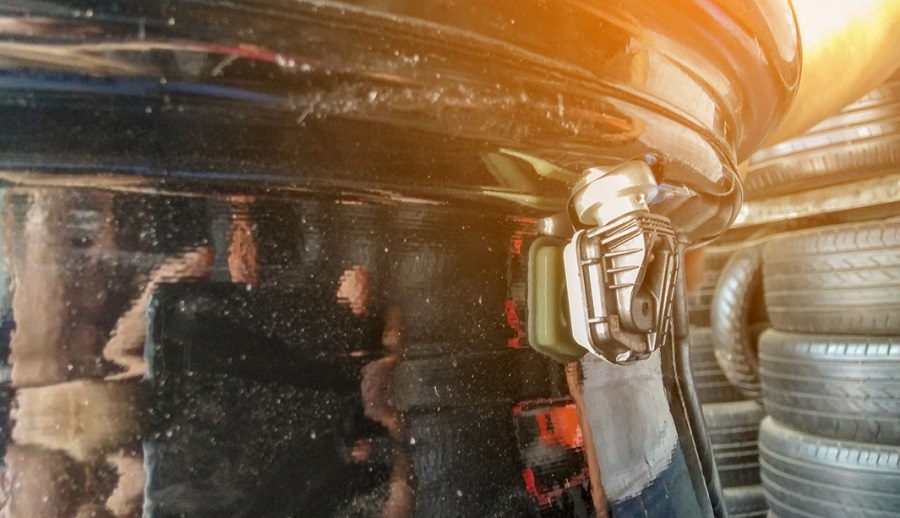
Have you ever wondered what TPMS is and how it works? If so, this blog post will tell you everything about the tire pressure monitoring system. It’s important to know how does TPMS works in order to be safer on the road.
What is TPMS?
TPMS stands for Tire Pressure Monitoring System. It is a system that helps drivers to know if there is a problem with the tire pressure, or if the tires are just fine. There are two types of TPMS systems. Direct and Indirect. Both of which work differently. However, for this article we will be discussing how they work in general.
TPMS Warning systems: How do TPMS work?
The TPMS system on your car works by constantly checking the tire pressure and temperature, with an air sensor located inside each wheel. The sensors send the information to a central processor which in turn informs the driver about any changes in pressure through various warning systems:
1. Tire Pressure Warning Light
The first and most common way of informing the driver about low tire pressure is by setting off the TPMS light on the dashboard, when a tire becomes underinflated.
2. Audible Warning System
Another way this system can tell you about low air pressure in your tires is through an alert beep or chime that can be heard every time the ignition of your car is turned on. However, if you’ve already set up a personal message on your car’s Bluetooth system, this audible warning will override the one for low air pressure.
3. The Tire Fill Alert Feature
When you start your engine and let it reach normal operating temperature, you’ll hear a beep and see an alert if any of the tires are underinflated by 25% or more from its recommended pressure. This will help you to know immediately that your tires need air when you are nearby a gas station or other places where it is easy to fill up with air for your car’s tires.
Why use TPMS?
There are a wide variety of reasons why TPMS systems have proven to be so successful over the years:
1. Reduces the chances of accidents that result from underinflated tires
A low tire pressure leads to less stability and control for your vehicle, which can lead to an accident if you’re in a bad road condition or driving in bad weather.
2. Reduces Fuel Consumption and CO2 emissions
The US Environmental Protection Agency has concluded that if all drivers used their TPMS systems correctly, it would reduce annual fuel consumption by about 1-1.5 billion gallons and cut carbon dioxide emissions by close to 33 million metric tons a year!
3. Helps you save on tires and repairs
Underinflated tires have a much lower useful life, which means more tire replacements and more money that will drain out of your pocket. Remember that each time you fill up with air for your tires is one less mile you can drive before needing to refill again.
4. Prevents damage to the tire rims and wheels
When tires are underinflated, it puts a lot of pressure on the rims and wheels. Driving with too low tire pressure can cause damage to the tire’s side walls and may result in cracks or holes that can let the air out. This will mean you’ll have to replace your tires sooner, which leads to an increase in your overall expenses.
Why is it becoming mandatory?
In the past few years, it has become mandatory in most countries and states for TPMS systems to be installed on all new cars. This was implemented primarily because of the increasing popularity of low-profile tires that were lacking in a pressure monitoring system.
With this knowledge, hope you’ll never have to worry about running over your own hubcaps or getting stranded on the side of the road again! Get your TPMS service tool now.




